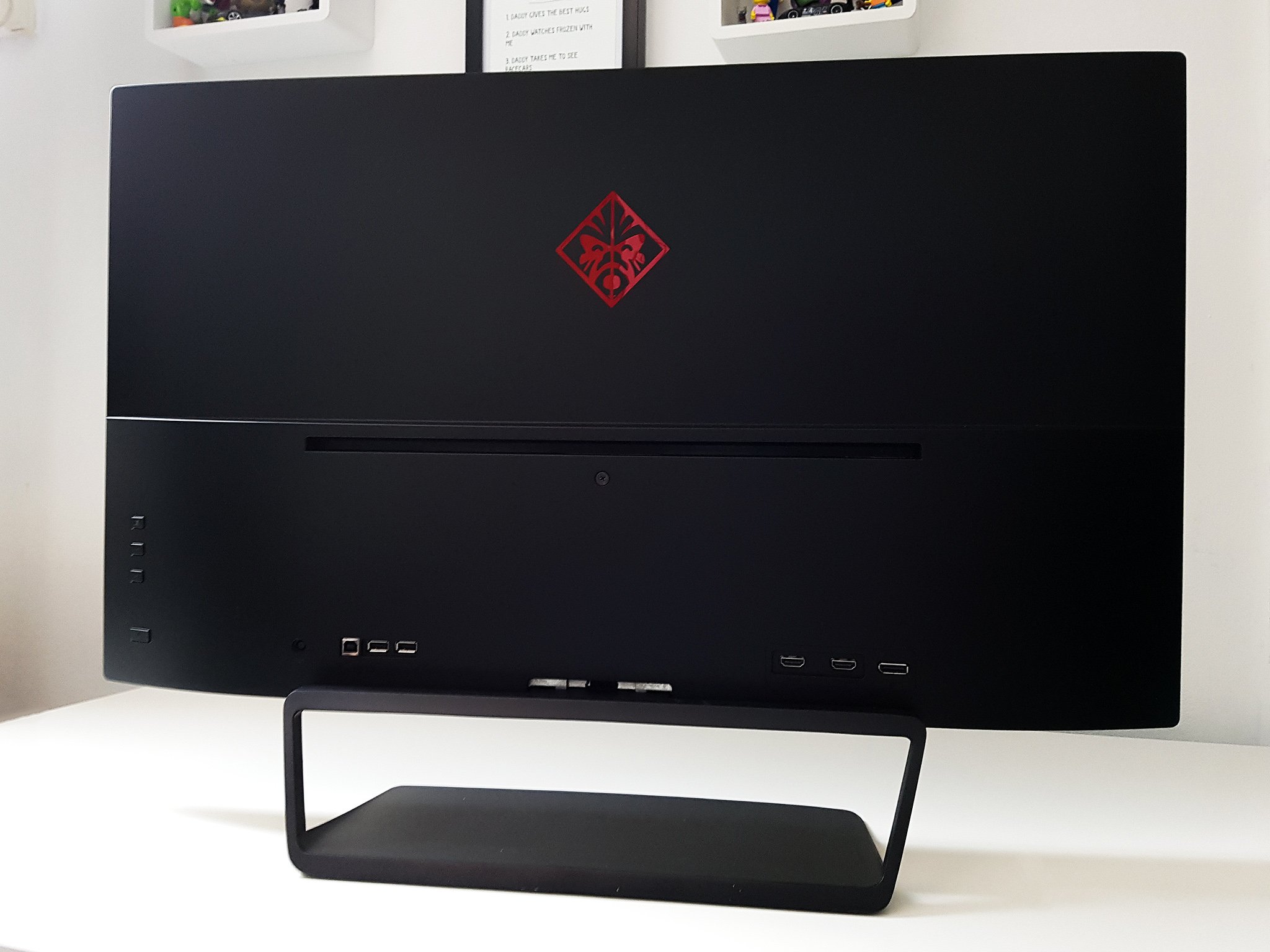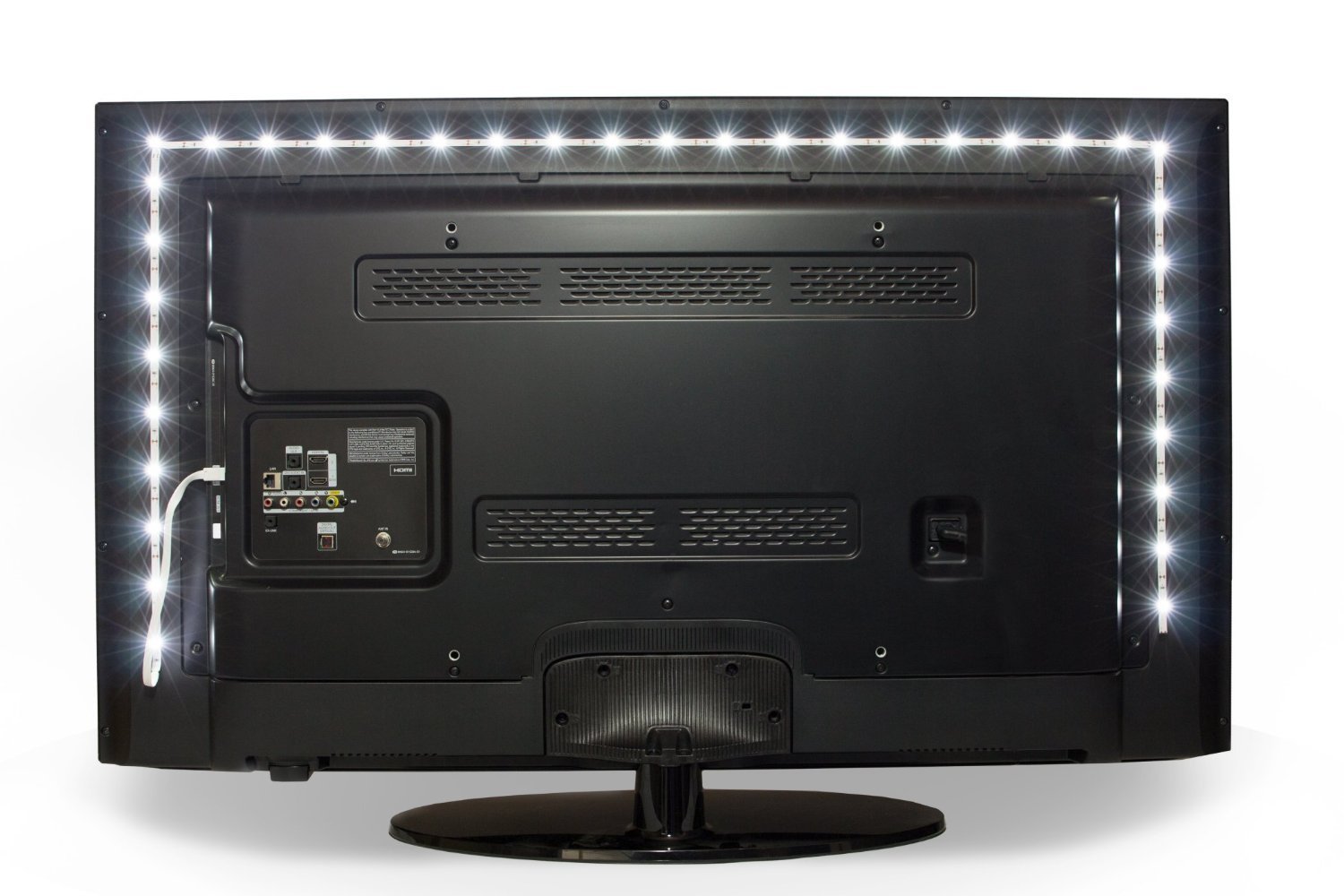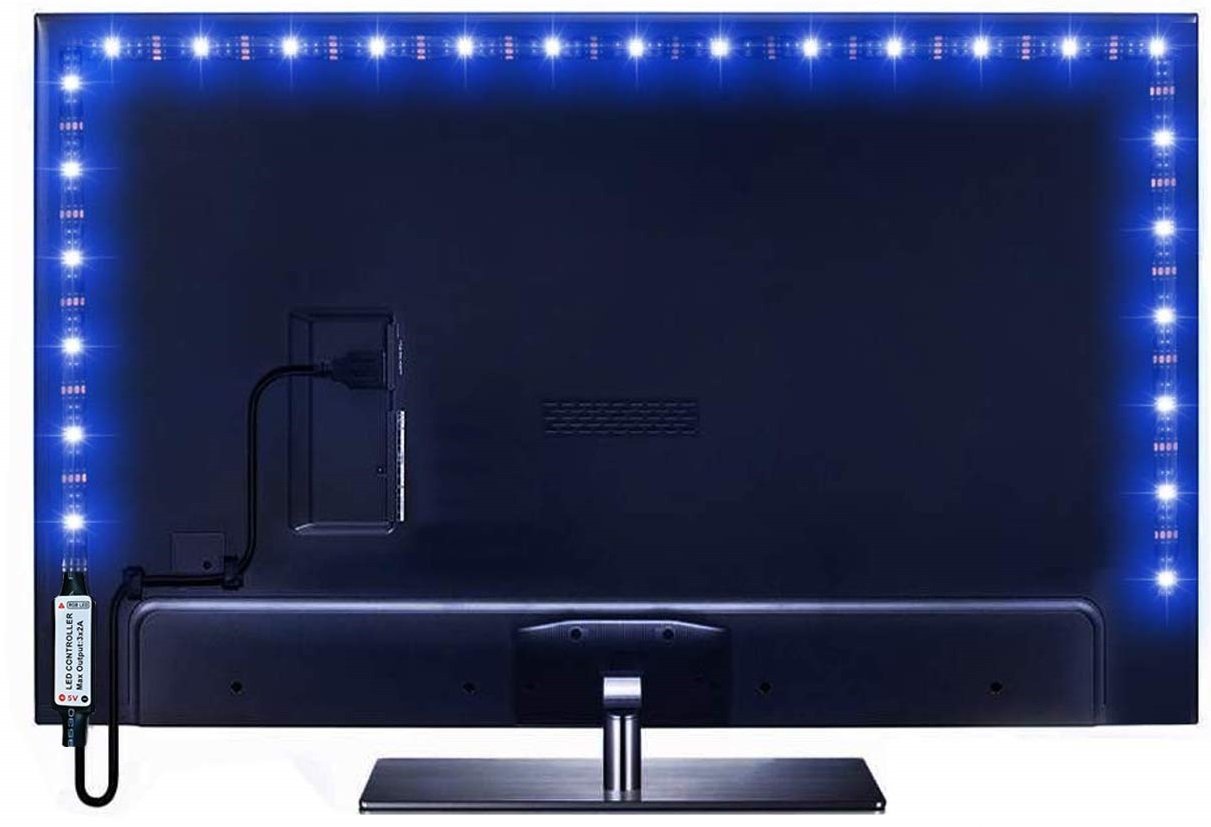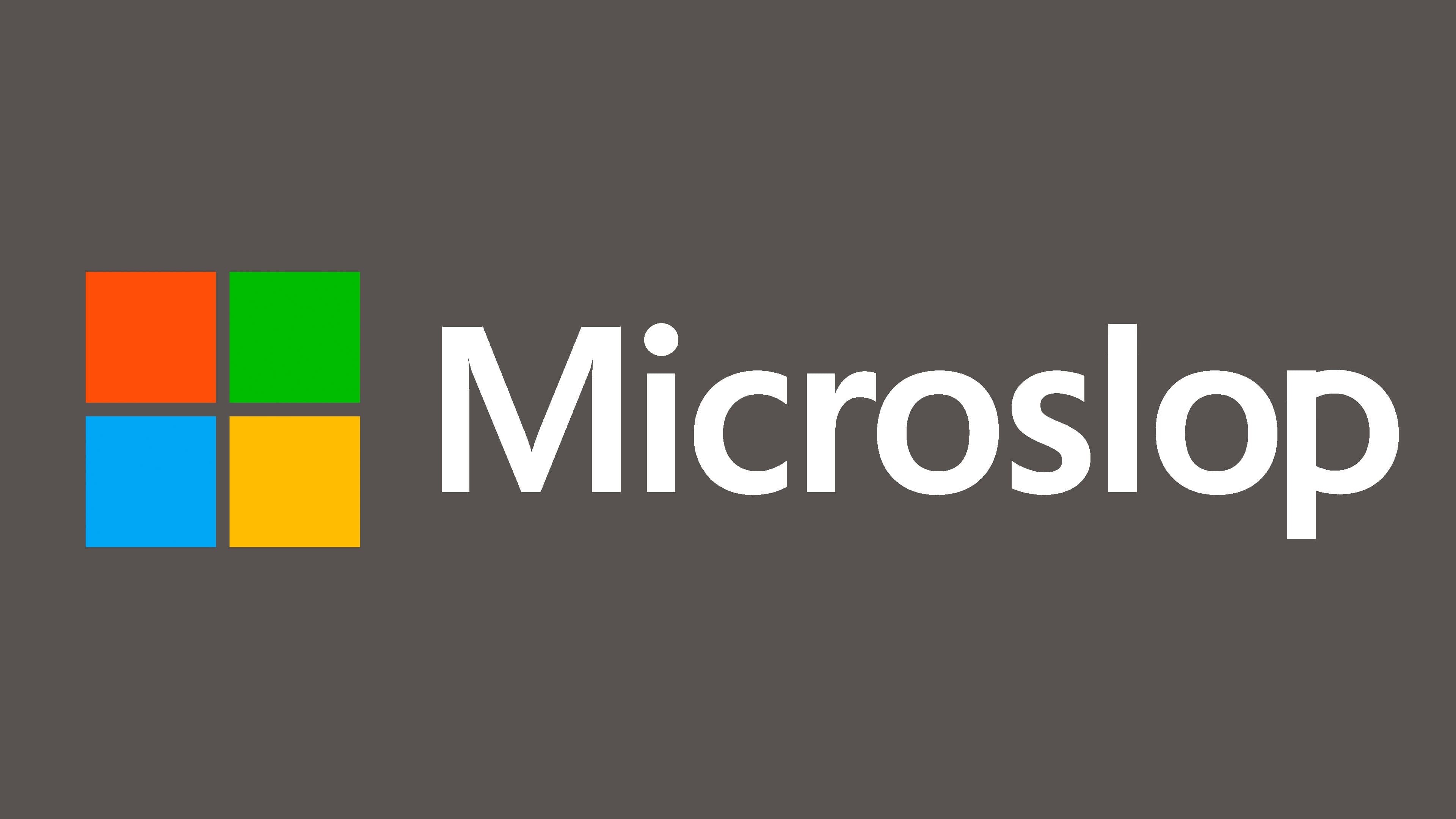Bias lighting for your PC monitor is awesome, affordable, and good for the eyes
Bias lighting looks awesome, and it can help your eyes.

Bias lighting for PCs is something you might have seen before but never known what exactly it was. Simply put, it's a series of (usually) LED lights that you place on the rear of your PC monitor or TV, creating a kind of halo effect that projects behind it.
Not only does it look amazing, but it's affordable and there are some actual benefits for your eyes.
This excellent post from PCPartPicker outlines some of the positives:
If you use your computer in complete darkness a lot, the sudden drop in luminance from your monitor to the surrounding darkness creates a sharp contrast that your eyes strain to manage.The second benefit is what gives it the name 'bias' lighting. The color of the light used behind the display changes how your brain interprets the colors from the display itself, i.e., you bias your brain's color interpretation. If you shine an orange light behind the monitor, you perceive everything on-screen as slightly more orange. Same with every bias color, including white.
White light can actually help your brain to perceive more accurate colors, which is beneficial to anyone who does creative work where accuracy is a necessity.
If all of this sounds interesting, the good news is it's really low-cost and very simple to install.

A kit like this one is a great, affordable example of what to look for, and there are plenty of options out there. Make sure to find one that's powered by USB, because you'll be able to just plug it into your PC, or even your monitor to power it. No additional power outlets are required.
You'll also need to make sure you get the right length to go around your monitor. Attaching it is simple, because the kits come with adhesive strips on the rear so you literally just need to stick them on, plug them in and go with the glow.
All the latest news, reviews, and guides for Windows and Xbox diehards.
You don't have to go with white, either. Other colors will change your perceptions a little, but whatever you go for you'll feel a benefit if you work a lot at night on your PC.
Eyestrain is common if you spend long hours looking at a PC screen, so anything you can do to help make the effects less is worth the effort.

Richard Devine is a Managing Editor at Windows Central with over a decade of experience. A former Project Manager and long-term tech addict, he joined Mobile Nations in 2011 and has been found on Android Central and iMore as well as Windows Central. Currently, you'll find him steering the site's coverage of all manner of PC hardware and reviews. Find him on Mastodon at mstdn.social/@richdevine

